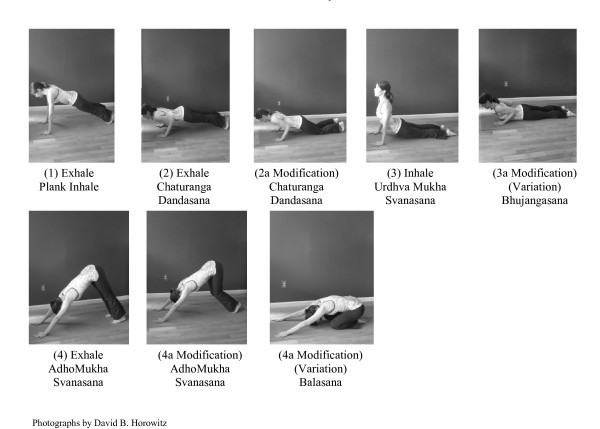
**Investigating the Connection Between Breathwork and Pranayama for Alleviating Anxiety**
In recent times, the practice of breathwork, frequently lauded for its effectiveness in reducing anxiety, has attracted considerable focus. For numerous individuals, it presents strong techniques for emotional control, at times exceeding the advantages that medications alone can deliver. I ventured into this process personally, in search of relief from my anxiety, and discovered that the initial sessions were tremendously helpful in managing my emotional well-being.
Breathwork, in its diverse manifestations, emphasizes purposeful breathing patterns to impact mental, emotional, and physical health. Methods such as diaphragmatic breathing, box breathing, and even more vigorous techniques like holotropic breathwork have proven effective for emotional liberation and anxiety alleviation. The deliberate rhythm of breathing permits individuals to access the body’s inherent capacity for self-soothing, fostering tranquility and equilibrium amid elevated stress levels.
As my breathwork journey progressed, I grew curious about the ancient yogic discipline of pranayama. Pranayama, originating from the Sanskrit terms ‘prana’ (life force) and ‘ayama’ (expansion), incorporates scientific breath control methods vital to yoga. What started as mere curiosity transformed into a significant understanding of the remarkable synergy between contemporary breathwork and traditional pranayama.
Pranayama focuses on subtle breathing methods that can easily be overlooked amidst the clamor of modern life. These techniques urge practitioners to cultivate awareness of their breath, enhancing mindfulness and a deeper linkage to the present moment. Among the pranayama techniques, Nadi Shodhana (alternate nostril breathing), Ujjayi (victorious breath), and Kapalabhati (skull shining breath) are recognized for their calming properties and ability to boost focus and energy flow.
The astonishing realization was how breathwork and pranayama not only complemented but also amplified each other’s advantages. The emotional release enabled by breathwork frequently removed energetic blockages and emotional remnants, creating an ideal environment for more effective pranayama practices. By shedding pent-up emotions and stress through rigorous breathwork sessions, I found that my pranayama regimen became noticeably deeper and transformative.
Additionally, the discipline of pranayama instilled a sense of regularity in my routine that was essential for sustaining mental balance. The structured approach of pranayama practice introduced a level of order and discipline to my daily life, serving as a stabilizing force during challenging periods. By weaving pranayama into my everyday routine, I cultivated greater resilience against stress and a more substantial ability for emotional management.
In summary, merging breathwork and pranayama creates a comprehensive strategy for handling anxiety, harmonizing the merits of both modern and traditional methodologies. Breathwork acts as an emotional cleanse, clearing the path for the subtle yet powerful effects of pranayama to emerge. Simultaneously, pranayama fortifies the mind-body connection, offering the consistent discipline essential for sustained wellness.
For individuals looking for anxiety relief, delving into both breathwork and pranayama can be a life-changing experience. Embracing these practices not only improves emotional regulation but also enhances one’s overall quality of life. The journey towards inner tranquility and balance is brightened by the breath, one mindful inhale and exhale at a time.